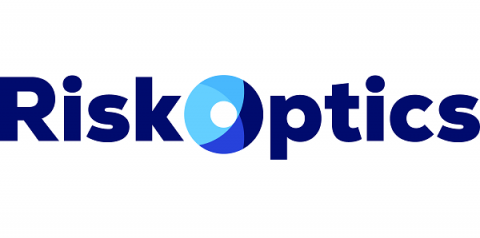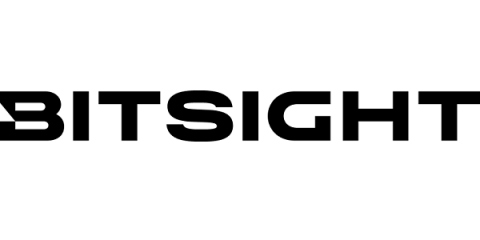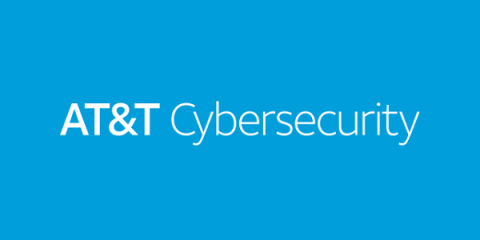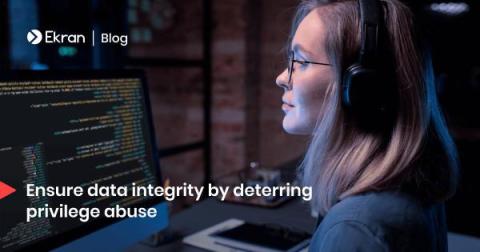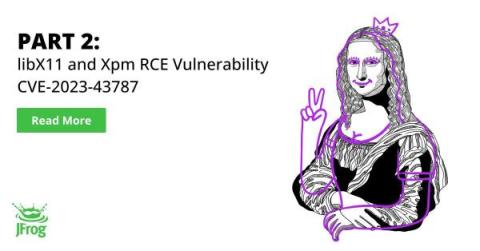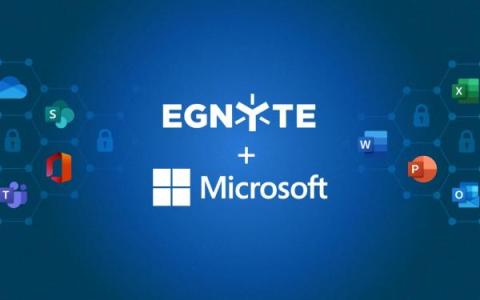All You Ever Wanted to Know About FedRAMP 3PAOs
Third-party assessment organizations, or “3PAOs,” play a crucial role in compliance with the Federal Risk and Authorization Management Program, more commonly known as FedRAMP. 3PAOs assess the offerings of cloud service providers (CSPs), to help those CSPs satisfy their FedRAMP compliance obligations. Moreover, the 3PAOs’ input allows U.S. federal agencies to make informed, risk-based decisions about the CSPs those agencies might want to use.


